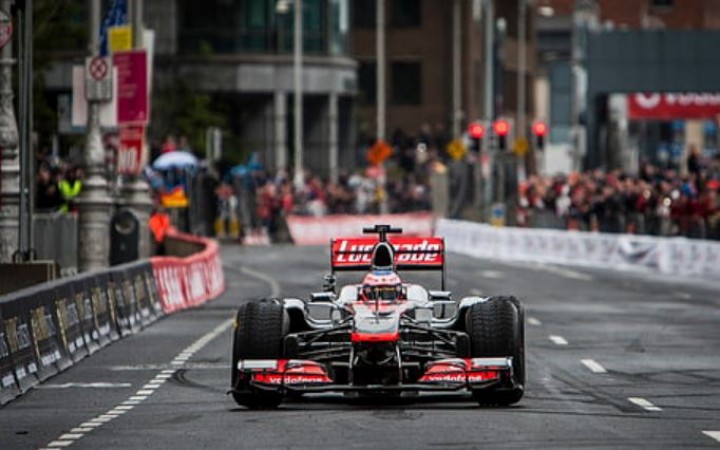
In the world of motorsports, Formula 1 (F1) stands as the pinnacle of engineering, speed, and precision. The evolution of an F1 car is a remarkable journey, shaped by cutting-edge technology, relentless innovation, and an unquenchable thirst for performance excellence. In this article, we take you on a captivating voyage through the fascinating development process of an F1 car, unraveling the intricate details that make these machines the ultimate marvels of modern engineering.
Unveiling the Foundation: Chassis and Aerodynamics
At the heart of any F1 car's development lies its chassis – the structural foundation upon which the entire vehicle is built. The chassis is meticulously crafted from lightweight yet robust materials like carbon fiber, ensuring optimal strength-to-weight ratio. Engineers employ advanced simulation tools to design the chassis, optimizing its aerodynamic performance, structural integrity, and driver safety.
Aerodynamics, a critical component of F1 car design, is responsible for harnessing the forces of air to maximize speed and stability. Every curve, crease, and angle on the car's bodywork is carefully designed to minimize drag and generate downforce. Wind tunnel testing and computational fluid dynamics simulations play a pivotal role in refining the car's aerodynamic profile, resulting in reduced air resistance and enhanced cornering capabilities.
Power Unleashed: The Engine and Powertrain
The heart and soul of an F1 car is its powertrain, consisting of the hybrid power unit and transmission. The advent of hybrid technology has revolutionized F1, introducing an intricate dance between internal combustion engines and electric motors. These power units deliver staggering levels of power and efficiency, blending combustion engines' raw power with electric energy recovery systems.
Engine development is an art that demands both power and reliability. F1 engines are compact marvels, producing over 1000 horsepower from a 1.6-liter V6 engine. Materials like titanium, ceramics, and exotic alloys are employed to endure the extreme stresses and temperatures generated during racing.
Mastering the Dynamics: Suspension and Handling
The marriage of power and control defines an F1 car's dynamic performance. Suspension systems are meticulously engineered to strike a balance between ride comfort and road-holding prowess. Advanced dampers, torsion bars, and intricate multi-link designs allow for precise adjustments that cater to various tracks and conditions.
Handling and tire management are paramount in F1, as drivers must maintain optimal grip while navigating intricate turns at high speeds. Engineers collaborate closely with tire manufacturers to develop compounds that offer the right mix of traction and durability. These tires play a crucial role in translating the car's power into blistering lap times.
Data-Driven Evolution: Telemetry and Testing
The modern F1 car development process relies heavily on data analysis and real-world testing. Advanced telemetry systems gather a wealth of information during each race, capturing details about engine performance, tire degradation, aerodynamic efficiency, and driver inputs. This data is then used to fine-tune the car's setup and strategy for optimal performance.
Testing is an iterative process that takes place both on and off the track. Wind tunnel testing, computer simulations, and virtual reality tools allow engineers to evaluate countless design iterations before a physical prototype is built. Once on the track, extensive testing sessions enable drivers and engineers to make further refinements based on real-world conditions.
The Pursuit of Excellence: Continuous Innovation
The world of F1 is an ever-evolving landscape, with teams and manufacturers relentlessly pursuing innovation to gain a competitive edge. As the season progresses, teams introduce upgrades and enhancements, pushing the boundaries of what is technologically possible. This relentless pursuit of excellence ensures that every race is a showcase of cutting-edge engineering prowess.
In conclusion, the development of an F1 car is a testament to human ingenuity, engineering brilliance, and a passion for speed. From the sleek chassis to the roaring engine and the intricate aerodynamics, every facet of an F1 car is meticulously crafted to achieve one goal: victory. The continuous evolution and refinement of these remarkable machines remind us that the pursuit of perfection knows no bounds.
2024 Renault Models: Discover What's New for Kwid, Kiger, Triber, and the Upcoming Duster
Driving Green: Exploring the Innovations of the Citroën eC3 EV
Revolutionizing Adventure: Honda Elevate SUV Set to Debut Soon